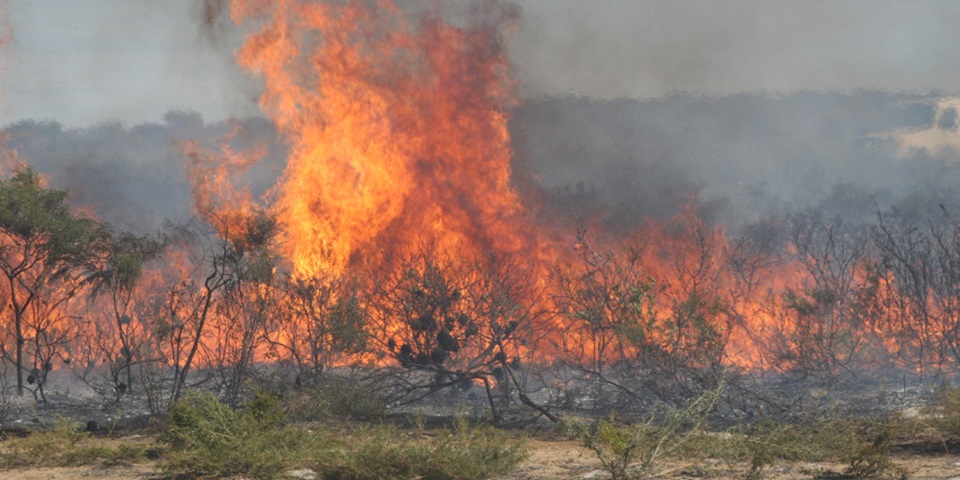News
Unseasonal wildfires putting pressure on plants

Out of season fires resulting from climate change and human activity are having negative impacts on the ability of plants to recover and thrive, new research led by Murdoch University has found.
Many plant species in Australia and across the world possess traits which help them to survive in fire-prone environments, such as being able to survive the heat of fire and rapidly regrow afterwards, or having seeds that need heat and/or smoke to germinate.
However, the expression of these traits vary with the seasonal cycles plants follow, which means they may be less resilient if fire occurs outside the season to which species are adapted.
Murdoch University PhD student Russell Miller, who led the study, said research globally has documented that wildfires outside of the historical fire season may result in increased plant mortality and reduced reproduction.
“We need to understand more about the plant traits and population processes that are causing these issues, and how they might also interact with fire intensity and changed climate,” Mr Miller said.
“This will help us to inform policy development for fire management and conservation in areas like California in the United States, south west and south east Australia, which are all experiencing lengthier fire seasons and winter fire issues.”
The research was a collaboration between Murdoch and the Department of Biodiversity Conservation and Attractions (Kings Park Science and Fire Science programs), the WA Department of Fire and Emergency Services (DFES), and the University of New South Wales.
Complex mechanisms driving change in plants
In their paper for the journal Trends in Ecology and Evolution, Mr Miller and his co-authors identified complex and interconnected mechanisms that can drive changes in plant species as a consequence of out of season fires.
These include whether the timing of the fire occurs when plants with the ability to survive fire and regrow afterwards, known as resprouters, are in their growing or dormant seasons.
If resprouters experience fire at times of the year when they are using energy for growth or reproduction, they are less likely to survive or resprout with vigour," Mr Miller said.
Differences in the sensitivity of plant tissues, including seeds, to the heat of fire at different times of year may also reduce survival and regrowth for these plants, he said.
Species which flower and produce seeds following stimulation by fire, including grass trees, WA Christmas trees and many native orchids, may also be negatively impacted by out of season fires. These species time their flowering in accordance with the fire season to which they are adapted, but out of season fires may delay or reduce reproduction and diminish the competitive advantage of this fire persistence strategy.
“Plant communities that inhabit strongly seasonal rainfall environments, such as south west WA, may be more sensitive to fire seasonality, and it is likely these finely attuned species have an optimal season of fire to ensure their persistence,” Mr Miller added.
“It’s important the mechanisms we identify are more thoroughly researched and considered in the management of these species to help avoid plant mortality and reproduction issues.”
A paper on the research can be accessed from the journal’s website.
The collaboration was supported by an Australian Research Council grant and the NSW Bushfire Risk Management Research Hub.
News
Unseasonal wildfires putting pressure on plants
Posted on
Topics